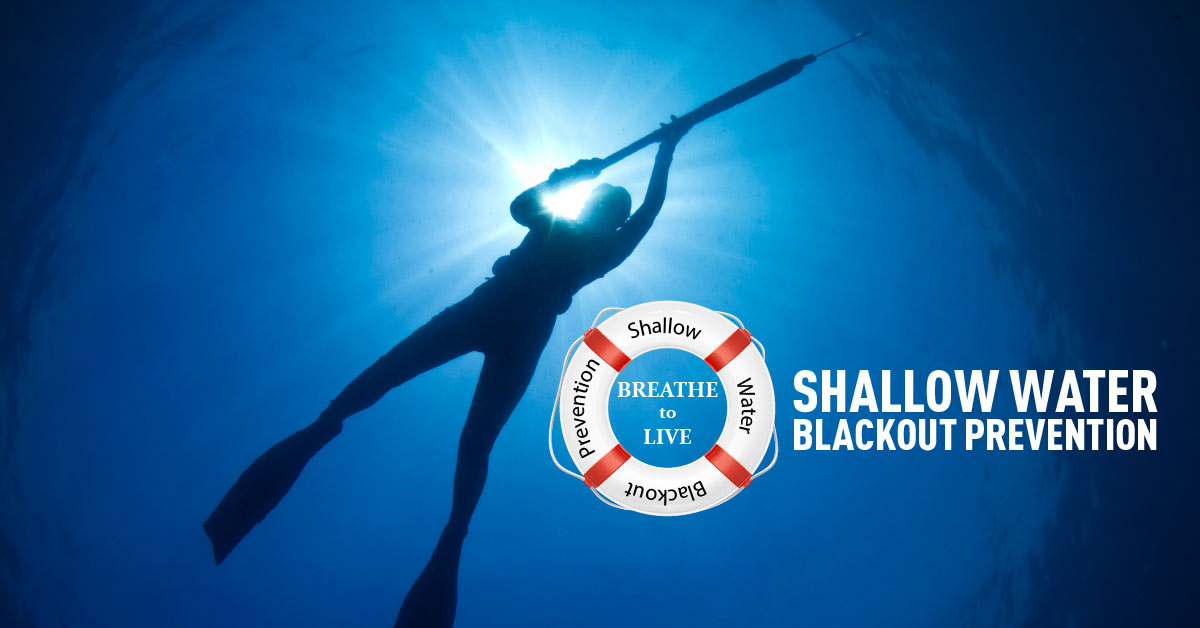The OP was asking about how to prevent it. I'll concede that I've never seen SWB in a snorkler, but most of my experience is in the pool teaching the (dreadful) PADI snorkeling portion of confined water.
Even there, the instruction is to have 1 up and 1 down... There's no way to know if it is going to happen to you, and there's no way to innoculate yourself.
There's a lot of good info here:

 www.shallowwaterblackoutprevention.org
www.shallowwaterblackoutprevention.org
Even there, the instruction is to have 1 up and 1 down... There's no way to know if it is going to happen to you, and there's no way to innoculate yourself.
There's a lot of good info here:






